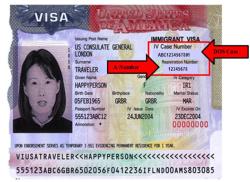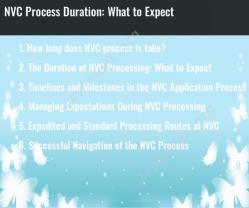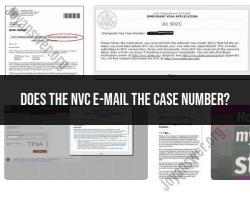How to fill out the I-130 Form step by step?
Filling out the I-130 Form, which is used for petitioning for a family member's green card or immigrant visa, can be a detailed process. Here's a step-by-step guide on how to fill out the Form I-130 accurately:
Step 1: Download the Form
Download the latest version of Form I-130, Petition for Alien Relative, from the official U.S. Citizenship and Immigration Services (USCIS) website at www.uscis.gov/forms. Ensure that you have the most current version, as USCIS forms are periodically updated.
Step 2: Gather Required Documents
Before you begin filling out the form, gather the necessary supporting documents, which may include:
- A copy of your valid government-issued identification (e.g., passport, driver's license).
- Proof of your U.S. citizenship or lawful permanent resident status (e.g., copy of your birth certificate, naturalization certificate, or green card).
- Proof of the qualifying relationship with the beneficiary (e.g., marriage certificate, birth certificate, or adoption decree).
- Passport-sized photos of both you (the petitioner) and the beneficiary.
Step 3: Read the Instructions
Read the form's instructions carefully. They provide valuable guidance on completing the form, including detailed explanations of each section and what documents to include. Make sure you understand the eligibility requirements and the relationship categories.
Step 4: Complete the Form
Start by entering your personal information in Part 1. This includes your name, address, date of birth, and other identifying details.
Step 5: Provide Beneficiary Information
In Part 2, provide information about the beneficiary for whom you are filing the petition. Include their full name, address, date of birth, and other relevant details.
Step 6: Provide Information About Your Marital History
In Part 3, provide details about your marital history, including your current and previous marriages. If you are petitioning for a spouse, you will need to provide information about your current spouse and any prior spouses.
Step 7: Provide Information About Your Eligible Relatives
In Part 4, specify the eligible relatives you are petitioning for. This may include children, parents, or siblings. Be sure to list each eligible relative separately.
Step 8: Provide Information About Your Petitioning Basis
In Part 5, indicate the basis for your petition. This is typically based on your relationship with the beneficiary. For example, if you are petitioning for your spouse, you would select "I am petitioning for my spouse."
Step 9: Sign and Date the Form
In Part 6, sign and date the form. Ensure that your signature is legible. By signing, you certify that the information provided is accurate and that you understand the penalties for false statements.
Step 10: Prepare Supporting Documents
Assemble the required supporting documents based on the instructions provided with the form. These documents will vary depending on your relationship with the beneficiary and your immigration status.
Step 11: Pay the Filing Fee
Check the USCIS website or the form instructions for the current filing fee amount. Include the appropriate fee payment with your petition. USCIS typically accepts checks, money orders, and credit card payments.
Step 12: Mail the Form
Review the form and supporting documents to ensure everything is complete and accurate. Mail the petition and supporting documents to the USCIS address provided in the form instructions. Be sure to use the correct mailing address based on your location and the eligibility category.
Step 13: Track Your Case
After submitting your petition, you can track the status of your case on the USCIS website using the receipt number provided in your receipt notice.
Please note that immigration laws and procedures may change over time, so it's essential to consult the USCIS website or seek legal advice if you have questions or need assistance with the Form I-130 process. Additionally, consider consulting an immigration attorney for guidance, especially if your case involves complex factors or unique circumstances.












